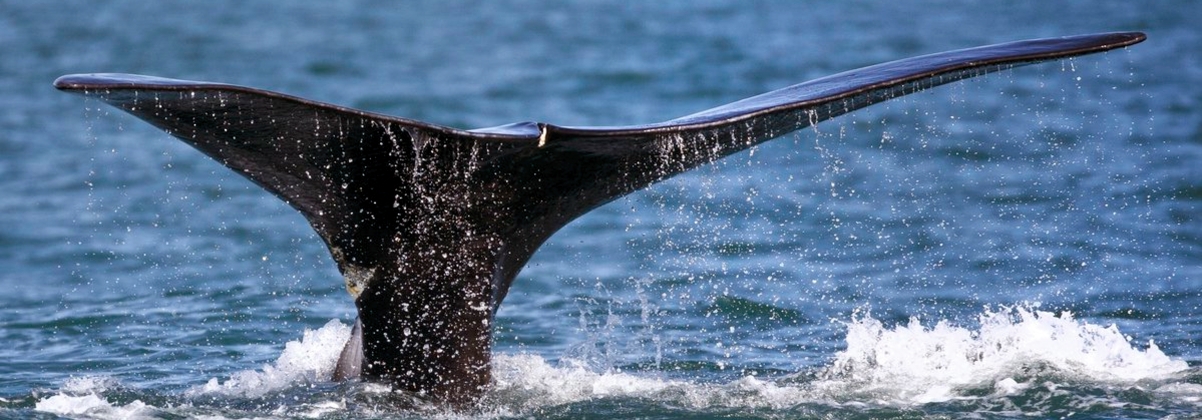DCLDE Data-sets

The DCLDE workshop dataset consists of passive acoustic data from two 3.5-h deployments of fields of 32 sonobuoys deployed in 2018 in the Gulf of St. Lawrence, Canada, one of the core habitats of North Atlantic Right Whales (NARW) in Canadian Waters (Figure 1). Coincident shipboard and aerial NARW visual surveys as well as oceanographic surveys by Slocum ocean gliders were conducted within each sonobuoy array. The objective of this work was to collect a multimodal dataset to advance NARW monitoring, particularly by refining NARW detection, classification, and localisation. Typical sonobuoy spacing was approximately 8 km (4.2 NM), and recorded by the Royal Canadian Air Force (CP 140). This dataset is kindly made available to the DCLDE community by the research consortium consisting of Dalhousie University, Fisheries and Oceans Canada (DFO), Defence Research and Development Canada (DRDC), the Acoustic Data Analysis Centre (ADAC), the National Oceanic and Atmospheric Administration (NOAA) Northeast Fisheries Science Center (NEFSC), the New England Aquarium (NEAq) Anderson Cabot Center for Ocean Life (ACCOL), and the Canadian Whale Institute (CWI). The acoustic data was collected by the Royal Canadian Airforce (RCAF).
Although the current dataset has been mainly set up for testing localisation algorithms we encourage people to explore using this dataset for other purposes, such as detection, classification and density estimation. We look forward to seeing and comparing what great work you all can come up with, and hope to see you at the DCLDE 2024 which is will take place in Rotterdam, the Netherlands.
Data access:
(NOTE: The DCLD2024 workshop dataset has received an update as of Feb 2024!)
There are two ways to get access to the data:
A full data description of the dataset can be found in the DCLDE2024 dataset report. This can be downloaded here. The dataset can be accessed through the DRDC website. Access details for this website can be found in Chapter 4 of the report.
The datafiles and supporting meta-data can be downloaded from the website. We’re working on a batch-download to simplify the download process, but this may take a while.
If for some reason this does not work for you, we can also send around a FileTransfer for those interested. This can be done on a weekly basis and over which we will collect requests over the week. Please contact us through the dclde2024@gmail.com mail address.

Workshop approach:
We ask people to provide estimated location for calls one week before the workshop so we can collect and compare the estimates.
Please provide location estimates in .csv file
Date (UTC), x (UTM20T), y, z, sigma x, sigma y, sigma z, x, x5%, x95%, y5%, y95%, z5%, z95%, Lat, lon (fields optional, leave empty if not available from your method)
At the workshop we intend to organize a dedicated session to compare/discuss localisation methods
- Accuracy
- Robustness
- SNR
- Call types
- Buoy location
- Environmental uncertainties
- Depth estimates
- Is the method real-time?
Further potential discussion points:
- Ideas for further optimization of mobile networks
- Discuss derived output (if available):
- Bioacoustics: Animal source level, call rates, etc.
- Behaviour: Dive behaviour
- DE: Detection functions, density estimates
If you have any question, please contact us through the dclde2024@gmail.com mail address.